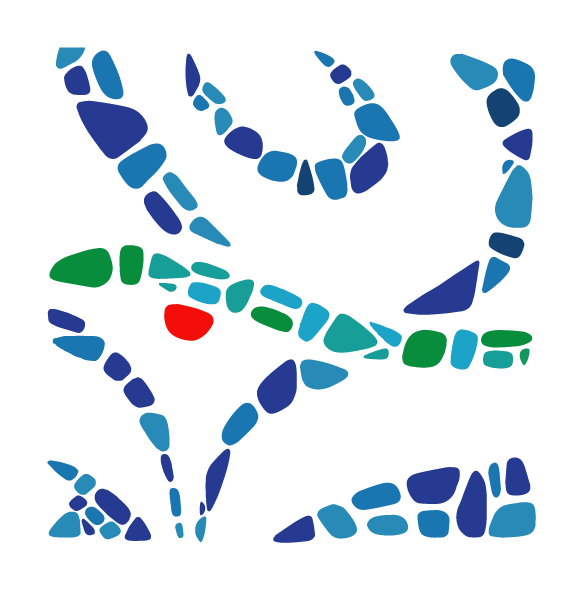New Discovery of Offshore Freshened Groundwater off the Coast of South-East Spain
Please login to view abstract download link
Fresh groundwater has been detected for the first time in submarine sediments off the Motril-Salobreña aquifer in the southern coast of Spain, at 1-2 km from the shoreline in the subaqueous portion of a deltaic system. The freshwater has been identified by direct measurements of electrical conductivity after extracting pore water from sediment cores collected during the SANIMED oceanographic survey in 2024. The freshwater has been detected at several locations in the shelf off the Guadalfeo River delta indicating that the submarine freshwater occurrence is pervasive off the coastal aquifer. The correlation between sampling locations and high-resolution sub-bottom acoustic profiles acquired in the study area reveals that freshwater is detected at two stratigraphic levels. The shallower occurrence is related to stratified acoustic facies which are overlain by laterally discontinuous chaotic sheets. Since these confining sediment sheets are not continuous, submarine groundwater discharge is likely to occur where the confining unit abuts against widespread stratified facies. The deeper occurrence is related to deposits bounded by a major erosional unconformity, sealed by low-angle, low-amplitude shelf deposits. Such occurrences are tentatively assigned to the late Holocene highstand and to the Last Glacial Maximum intervals. Two hypotheses can be proposed to explain the occurrence of submarine freshwater in the Guadalfeo deltaic system: I) submarine groundwater discharge from the coastal aquifer, which receives significant recharge from river infiltration and its irrigation systems that distribute water over most of the surface of the aquifer; II) relict freshwater trapped in the shelf during previous lowstand conditions. This discovery has important implications for regional water management, as this is an area frequently affected by droughts.
